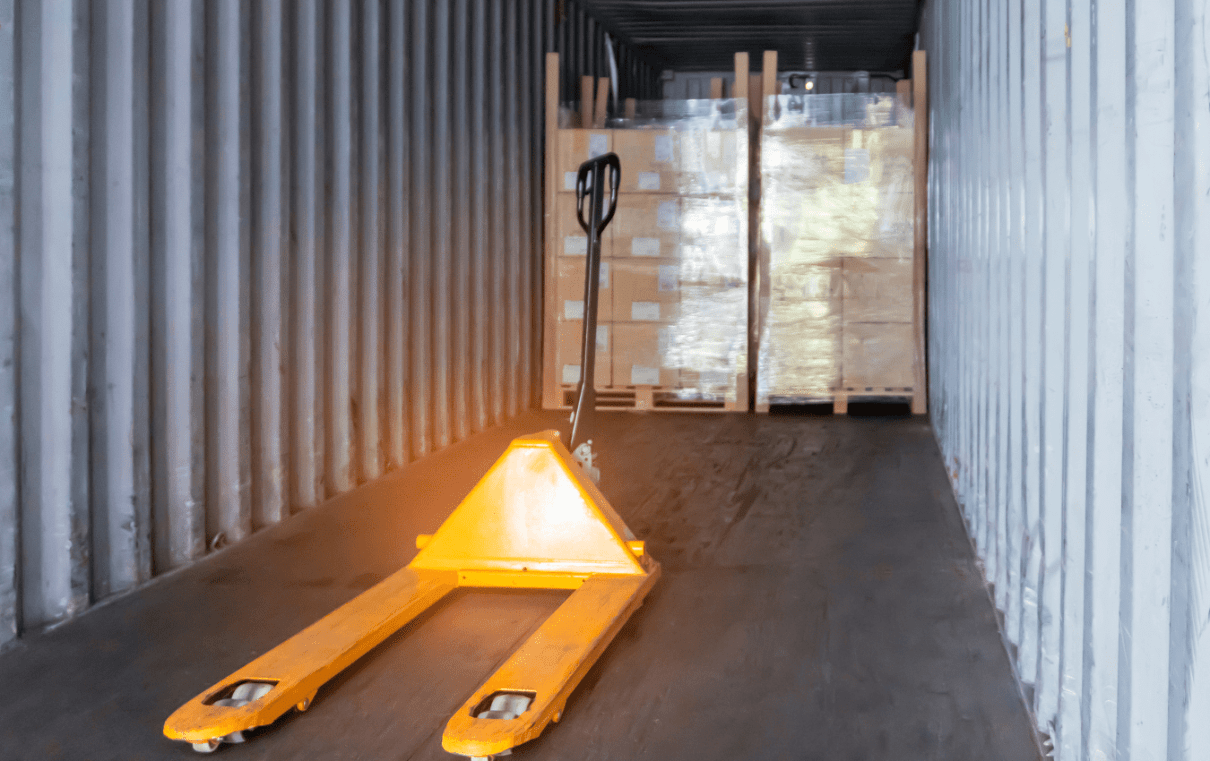Home » Boosting Product Protection During Transit with Edge Protectors
Boosting Product Protection During Transit with Edge Protectors

Shipping products safely and securely is a top priority for any business. During transit, packages are susceptible to various risks, including jostling, drops, and other forms of rough handling. As a business, minimizing product damage during shipping not only cuts down on replacement costs but also contributes to overall customer satisfaction.
One solution to improve product protection during transit is the use of edge protectors. Below, we will delve into the role of edge protectors, how they boost product protection during shipping, and how you can effectively incorporate them into your packaging strategy.
Understanding the Role of Edge Protectors
Edge protectors, also known as corner protectors or angle boards, are simple yet effective tools that are designed to safeguard the corners and edges of products during transportation and storage. These protectors, often made from sturdy materials like plastic, metal, or compressed recycled paper, can provide a significant improvement in package resilience.
Edge protectors are usually shaped in L, U, or O forms, with the main purpose of buffering vulnerable points on packages. This is particularly important for goods that have sharp or fragile edges, or for heavy items that can cause strain on packaging materials.
The Impact of Edge Protectors on Product Protection
The utility of edge protectors extends far beyond just protecting the corners of your products. Let’s explore how they boost product protection during transit.
Minimizing Physical Damage
Edge protectors act as a buffer, absorbing the impacts of sudden shocks or vibrations during transport. They significantly reduce the likelihood of chipping, cracking, or other forms of damage to the corners and edges of the items, which are usually the most vulnerable parts.
Improving Structural Integrity
Heavy products can put a lot of pressure on packaging materials, which can lead to deformation or tearing. Edge protectors help distribute this weight more evenly, enhancing the package’s structural integrity and resilience to external pressure.
Maximizing Load Stability
When stacking packages for transport, edge protectors enhance load stability, reducing the risk of packages toppling over. They can also help secure the load when stretch film or strapping is applied.
Choosing the Right Edge Protector for Your Needs
The variety of edge protectors available on the market allows businesses to choose the most suitable type based on their specific needs.
Material Considerations
The choice of material depends on the weight and fragility of your products, as well as the expected handling conditions during transit. Plastic edge protectors offer a higher level of protection and are water-resistant, making them suitable for heavy items and harsh conditions. On the other hand, paperboard edge protectors are environmentally friendly and cost-effective, ideal for light to medium weight items.
Size and Shape
The size and shape of the edge protector should correspond with the dimensions of your products. You’ll need to consider the thickness, width, and length of the edge protector to ensure it provides the necessary coverage and support.
Incorporating Edge Protectors into Your Packaging Strategy
Implementing edge protectors is a straightforward process that can greatly improve the safety of your products in transit.
- Identify Vulnerable Products: Begin by identifying products in your range that have sharp or fragile edges or that are heavy enough to put strain on packaging materials. These are the items that would benefit most from edge protectors.
- Choose Appropriate Edge Protectors: Based on the nature of your products and your shipping conditions, choose the appropriate type, size, and material of edge protectors.
- Train Your Packaging Team: Ensure your team understands the importance of edge protectors and knows how to apply them properly. Correct placement is crucial for maximizing the effectiveness of these tools.
- Quality Assurance Checks: Regularly inspect packages to ensure that the edge protectors are doing their job and that there isn’t any unnoticed damage.
By incorporating edge protectors into your packaging strategy, you can significantly improve the safety of your products during transit. This, in turn, can reduce costs associated with damaged goods, enhance customer satisfaction, and uphold your brand’s reputation for quality and reliability.
If you are interested in edge protectors, then partner with Brown Packaging today to get started.
Retail packaging must do two jobs at once—catch the shopper’s eye while protecting the product through the supply chain. Too much focus on graphics can
As budgets tighten in 2026, packaging buyers are under pressure to reduce costs without increasing damage rates. Cutting too aggressively can lead to product loss,
Many U.S. businesses currently sourcing packaging from China are facing a harsh reality: tariffs and trade volatility can quickly erode margins and disrupt supply chains.
Rising tariffs and trade restrictions on Chinese manufacturing are accelerating the need for U.S. companies to reevaluate their packaging supply chains. Many packaging buyers who
POP display design must serve two masters — maximizing visual impact in-store while minimizing logistics costs. Engineering the right balance between display footprint, assembly complexity,
Functional features like tear strips, windows, and hang tabs can enhance consumer experience and retail appeal—but they also introduce engineering challenges. Each modification affects structural
Home » Boosting Product Protection During Transit with Edge Protectors
Packaging plays a crucial role in safeguarding products from various hazards that can compromise their quality, safety, and integrity. From the manufacturing floor to the
In the world of e-commerce and supply chain management, the need for reliable packaging materials cannot be overstated. From the careful encasing of fragile items
Packaging inserts play a vital role in optimizing the protection and presentation of products during shipping and handling. In this blog, we will explore the
